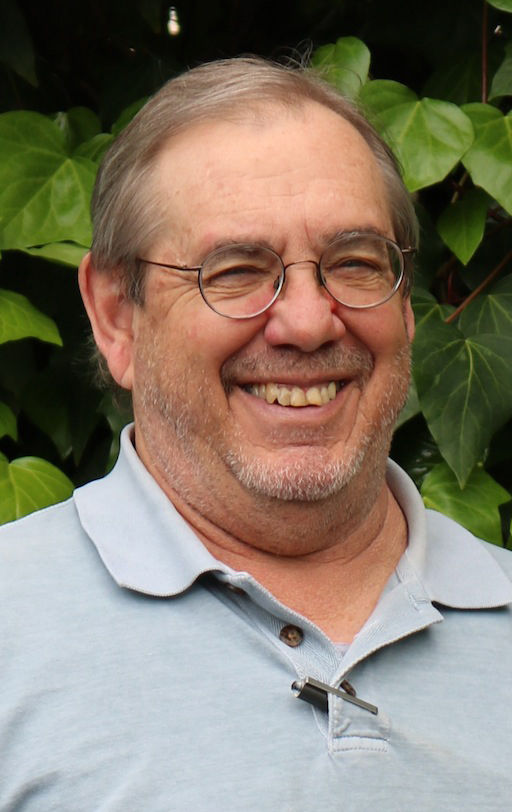Let’s face it — none of us are getting any younger these days. Then again, who wants to? Counting our ages and tracking our generational footprints has become baffling. Old truisms, social definitions, markers for achieving adulthood and official government census numbers all need updating. If 70 is the new 50, and 35 is the old 25, how are we supposed to know how to act?
It’s not only that we’re living longer, but young people, ages 18-35, are aging differently. Where previous generations all got married, had children and moved into their own homes before their mid-30s, today’s Millennials are deferring marriage, putting off child raising and choosing more often to stay at home with their parents.
Sonoma County has 503,000 people living here. While one-fifth of this population is still under age 18, a quick look around shows us how gray (or silver) we are becoming. There are almost 100,000 county residents age 65 or over and the number of people reaching age 85 is expected to double by 2050. (About 30 county residents are turning 70 every day. That’s over 10,000 a year.)
This is more than a Baby Boomer versus Millennials story. The more complex questions are about how we define adulthood and whether that milestone is all that tremendous anymore. We are a half-century past the Summer of Love and the Vietnam War. It’s almost been a generation since 9/11 (2001) and, in a few short years our new 21st century will be one-fourth over. To evoke a 50-year-old song, “There’s something happening here; what it is ain’t exactly clear.”
In 1975, almost half (45 percent) of young people (18-34) were married and had children and a full-time job or independent income and their own home. In 2015, according to a recent U.S. Census special report on adulthood, only 24 percent of the same age group reached the same milestones. Today, less than two-thirds of this age group live independently and a growing percentage are termed “idle,” living with their parents without a job or school career.
Some of this cultural sea change is economic. Buying a house or finishing a college education is very expensive. But part of why our old adulthood markers don’t fit is because so many young people don’t want them to. Once upon a time, the American Dream was rooted in being married with children and settled into a lifelong career as early as possible. Not anymore.
Only 25 percent of women under age 30 are having children and 40 percent of them are not married. Children, marriage and a mortgage are being exchanged by this younger generation in favor of more self-centered goals like travel, social mobility, career surfing and a wide variety of living arrangements outside of traditional marriage.
On the other end of the aging spectrum, the silvering generation of Baby Boomers will continue to live longer, healthier and more productively as medical research, biotechnology and lifestyle choices advance. The Rolling Stones’ Mick Jagger is 73 and we just elected our oldest president ever. Retirement ain’t what is used to be.
Think about it: at one end of our population census the birth rate is at record lows while, at the other end, throngs of Baby Boomers born at the midpoint of the last century are now threatening to live to this century’s midpoint.
Getting old or staying young are now officially declared complicated. What does “old school” mean anymore? Now who’s the young at heart?
All this bears significant consequences on public policy, voter choices and community dialogues. Social Security, Medicare, pensions, 401Ks, health care plans, housing codes and styles, workplace rules and future jobs will all be shifting as soon as enough Millennials start sprouting a few gray hairs on their temples.
Is this what that “long, strange trip” was all about?








